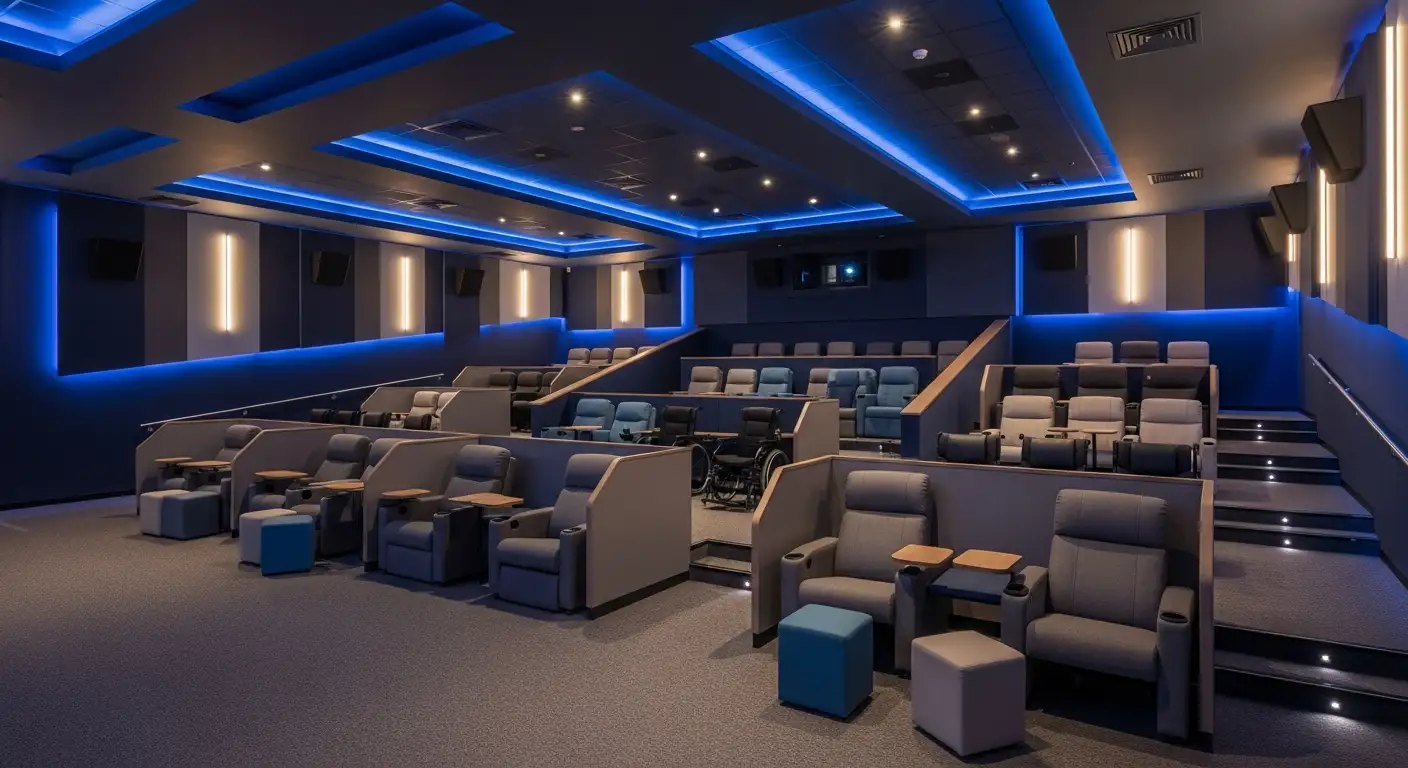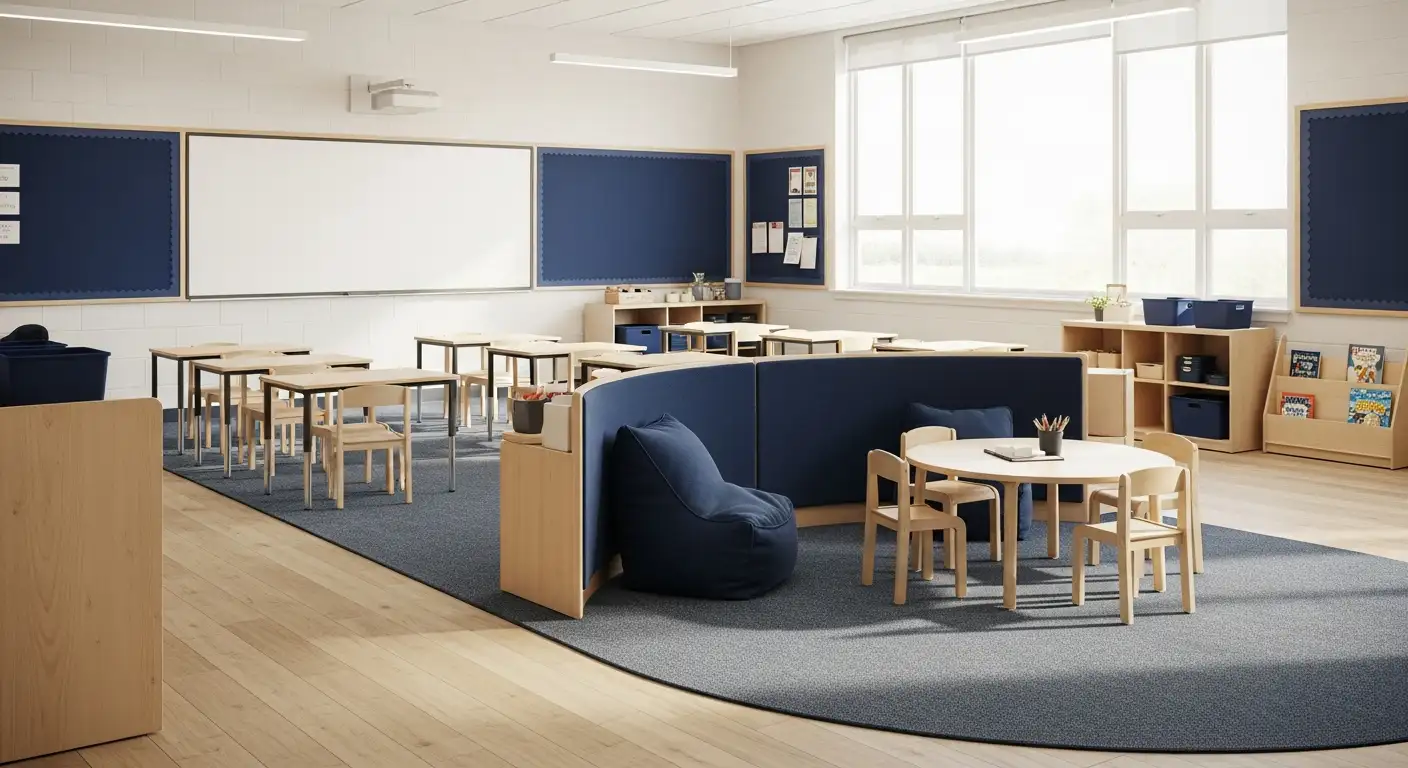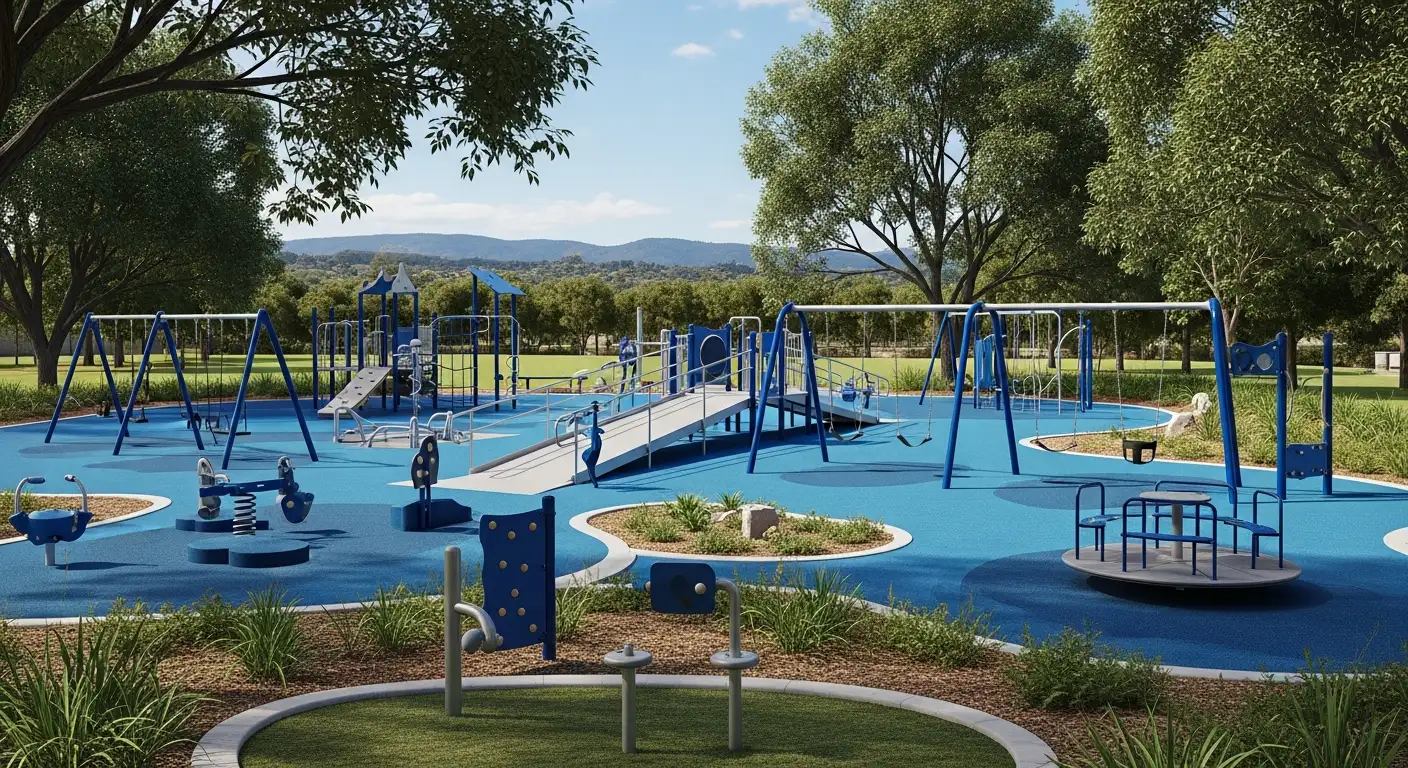The Benefits of Aquatic Therapy for Autism
Diving Into Development: How Aquatic Therapy Empowers Children with Autism

An Overview of Aquatic Therapy
Aquatic therapy, also known as hydrotherapy, is emerging as a powerful, multi-dimensional intervention for children with autism spectrum disorders (ASD). Utilizing the unique properties of water, this therapeutic approach supports physical, sensory, cognitive, and emotional development. Designed and led by qualified professionals, aquatic therapy offers individualized programs that help children overcome motor challenges, enhance sensory processing, and foster social skills, building a foundation for improved quality of life.
Understanding Aquatic Therapy and Its Therapeutic Foundations

What is aquatic therapy?
Aquatic therapy, also known as hydrotherapy, is a specialized form of therapy that uses water's natural properties to support and enhance physical, cognitive, and emotional development. It is an evidence-based intervention especially beneficial for children with autism spectrum disorders (ASD). This therapy involves structured activities designed and supervised by qualified personnel to improve overall functioning, including motor skills, sensory regulation, and social interaction.
How do the properties of water assist therapy?
Water offers unique physical characteristics that make it an ideal environment for therapy. These include:
- Buoyancy: It reduces the effects of gravity, supporting joints and allowing freer movement — especially helpful for children with stiff muscles or limited mobility.
- Resistance: Water provides natural resistance, which helps strengthen muscles safely without the strain of weight-bearing activities.
- Hydrostatic pressure: This pressure provides tactile input that can improve sensory processing and body awareness.
- Warmth: Warm water relaxes muscles and reduces tension, aiding comfort and reducing sensory discomfort.
Together, these properties create a sensory-rich, supportive environment that promotes active movement, postural support, muscle relaxation, and improved circulation.
How is aquatic therapy tailored for children with autism?
Aquatic therapy programs are individualized based on detailed assessments of each child's physical abilities, sensory needs, and developmental goals. Therapists modify exercises to focus on specific challenges such as balance, coordination, muscle strength, or sensory regulation. Tools like paddles, gloves, or noodles may be used, and water currents adjusted to create appropriate resistance levels.
Positive reinforcement strategies, including praise and play rewards, help encourage participation and behavioral improvements. Additionally, therapy often includes social components, such as involving trained peers or siblings, fostering communication and cooperation.
The therapy also emphasizes foundational skills like water safety and swimming, which are crucial given the increased drowning risk among autistic children. Ultimately, aquatic therapy provides a holistic approach that supports motor skill development, sensory integration, behavior, and social interaction in a safe and enjoyable environment.
Water’s Unique Properties: Enhancing Physical and Sensory Development

How Do Buoyancy, Resistance, and Hydrostatic Pressure Benefit Children with Autism?
Water’s physical properties are foundational to the effectiveness of aquatic therapy for children with autism spectrum disorders (ASD). Buoyancy reduces the effect of gravity, allowing children with low muscle tone or stiffness to move more freely and with less joint strain. This supportive environment enables greater joint mobility and flexibility than land-based therapies typically allow.
The resistance water provides is multidirectional and gentle, which helps strengthen muscles during movement without the risk of injury or excessive strain. This feature is particularly beneficial for children with coordination challenges or muscle weakness, as the resistance encourages gradual muscle development and coordination improvement.
Hydrostatic pressure, the weight of water pressing evenly on the body, offers sensory input that can improve circulation and aid neuromuscular re-education. For children with sensory processing difficulties, this pressure helps regulate sensory responses, enhancing body awareness and tolerance to tactile sensations.
How Does Water Support Motor Skills and Flexibility?
The buoyancy and resistance together create a conducive environment for practicing motor skills like balance, coordination, and gait. Children engage in activities such as pushing objects underwater or swimming games, which promote core strength, endurance, and control of movement.
Warm water temperature further facilitates increased flexibility by relaxing spastic muscles and reducing joint stiffness. This thermal effect supports active participation in therapy and helps children reach physical developmental milestones more comfortably.
In What Ways Does Aquatic Therapy Aid Sensory Processing and Regulation?
Water provides a rich sensory environment that combines tactile stimulation, hydrostatic pressure, and temperature cues. For children with ASD who often experience sensory overload or sensory-seeking behaviors, aquatic therapy helps modulate these responses.
The consistent pressure of water can calm the nervous system, reducing anxiety and sensory defensiveness. It also encourages improved sensory integration, helping children better process and respond to sensory information both in water and on land.
What Are the Relaxation Benefits Associated with Water?
The soothing properties of warm water promote muscle relaxation and reduce stress, supporting emotional regulation. This calming effect helps children manage sensory discomfort and behavioral challenges, making therapy sessions productive and enjoyable.
Additionally, the repetitive and rhythmic nature of aquatic exercises combined with the comforting water environment contributes to reduced anxiety and increased focus.
Water’s combined physical and sensory characteristics make aquatic therapy a uniquely effective intervention that supports holistic development in children with autism, enhancing physical abilities and sensory regulation simultaneously.
The Halliwick Method and Structured Aquatic Interventions
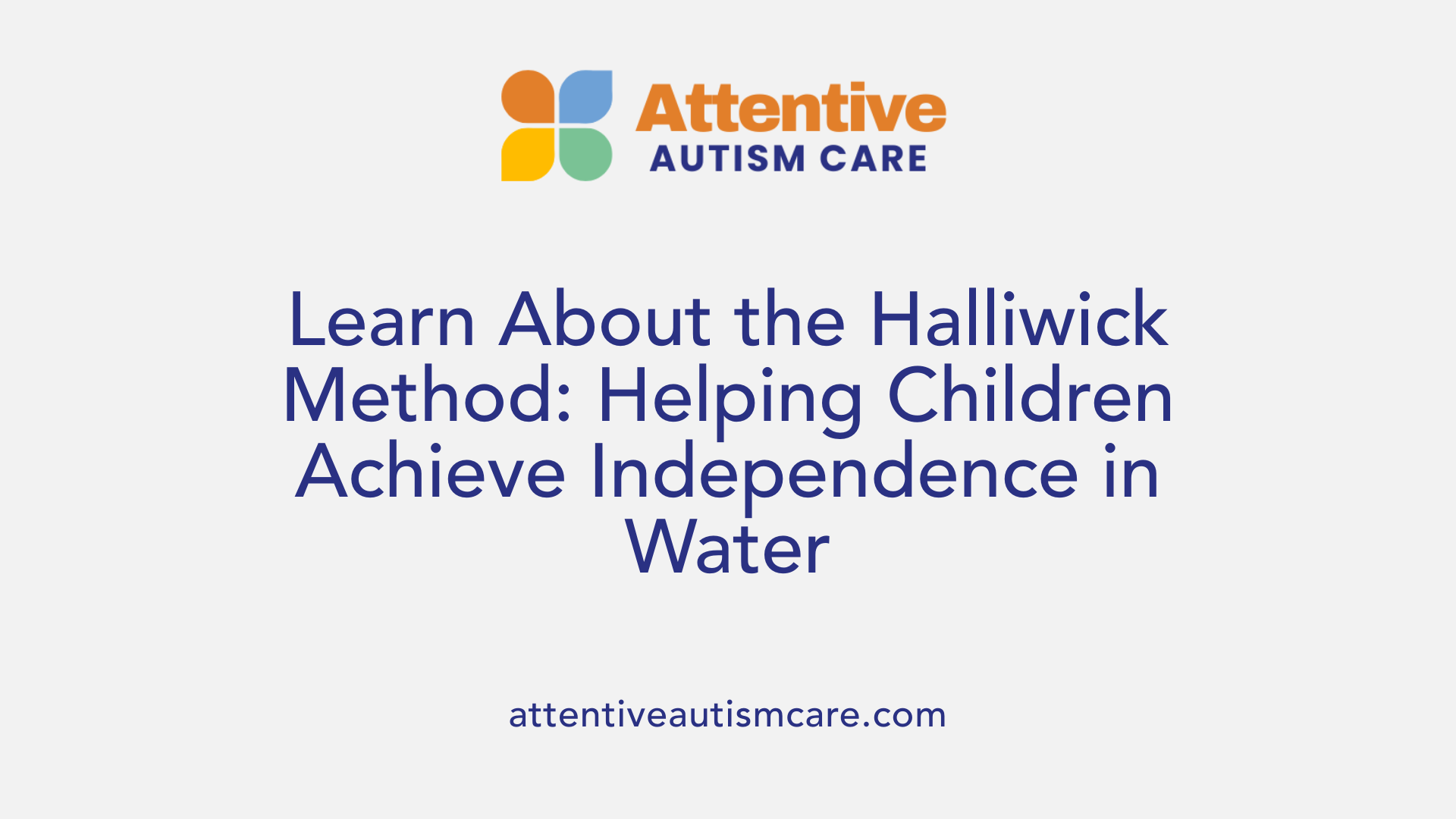
What is the Halliwick Method and its Phases?
The Halliwick method is a specialized hydrotherapy approach rooted in hydrodynamics and body mechanics. It is designed to help individuals gain independence and control of their movements in water. The method progresses through distinct phases:
- Water Adjustment: Helping the child become comfortable and familiar with the water environment.
- Rotations: Teaching controlled turning movements to improve balance and body awareness.
- Control of Movement: Developing the ability to maintain balance and posture during various movements.
- Movement in Water: Encouraging functional movement skills like swimming strokes and propulsion.
This methodical progression supports not only physical rehabilitation but also fosters confidence and motivation.
How Does the Halliwick Method Support Motor Control and Social Engagement?
The unique properties of water—such as buoyancy and resistance—facilitate active movement and postural support. This allows children to practice and improve motor skills in a less physically demanding setting than on land. Specifically, the Halliwick method promotes:
- Improved motor control: Increased muscle strength, coordination, and postural awareness.
- Sensory regulation: Hydrostatic pressure and tactile sensations help children with sensory processing difficulties.
- Relaxation of spastic muscles: Warm water decreases muscle tension, aiding movement.
Furthermore, studies indicate that children with high-functioning autism spectrum disorders show enhancements in social behaviors after engaging in this method. These include reductions in repetitive movements and better reactions to social stimuli, reflecting increased social competence.
What Role Do Trained Peers or Siblings Play in Aquatic Therapy?
Involving trained peers or siblings in aquatic therapy sessions has been shown to magnify benefits. Their participation provides natural social interaction opportunities, helping to:
- Encourage social engagement and communication.
- Boost independence by reducing reliance on teachers or therapists.
- Enhance physical and emotional functioning through cooperative play and support.
Overall, their involvement transforms therapy into a socially rich environment, contributing to improved social and physical outcomes for children with autism.
Promoting Social Interaction and Independence Through Water-Based Activities
How Does Aquatic Therapy Enhance Social Skills and Reduce Stereotypical Behaviors?
Aquatic therapy, particularly approaches like the Halliwick method, has demonstrated notable improvements in social interactions among children with autism spectrum disorders (ASD). Several studies report that children engaging in hydrotherapy exhibit reductions in stereotypical movements—repetitive or ritualistic behaviors common in ASD. The sensory-rich water environment helps organize sensory processing, promoting calmer and more responsive behaviors.
Does Water Therapy Increase Peer and Sibling Interactions?
An important advantage of aquatic therapy is its capacity to foster social independence. Research indicates that hydrotherapy can decrease children's reliance on physical interactions with teachers while boosting positive social engagements with peers and siblings. This shift suggests greater autonomy, as children take more initiative in socializing within the safe and supportive aquatic environment.
What Role Do Group Activities Play in Communication and Cooperation?
Group aquatic sessions further amplify social benefits by encouraging communication, teamwork, and cooperation among participants. Incorporating trained peers or siblings as assistants during therapy has been shown to enhance both physical and social interactions. Activities like water games and partner exercises provide natural contexts for practicing social cues, sharing, and collaborative problem-solving.
Linking Aquatic Therapy to Broader Communication Development
While aquatic therapy offers a unique, multi-sensory setting, behavioral approaches such as Applied Behavior Analysis (ABA) remain critical for comprehensive communication skills development. ABA therapies complement aquatic sessions by breaking down complex communication into achievable steps, supporting expressive language, and facilitating meaningful social exchanges.
Together, these interventions pave the way for increased independence, confidence, and enriched social relationships in children with ASD, making water-based therapies a promising avenue for holistic social and behavioral growth.
Water Safety: An Essential Component for Children with Autism
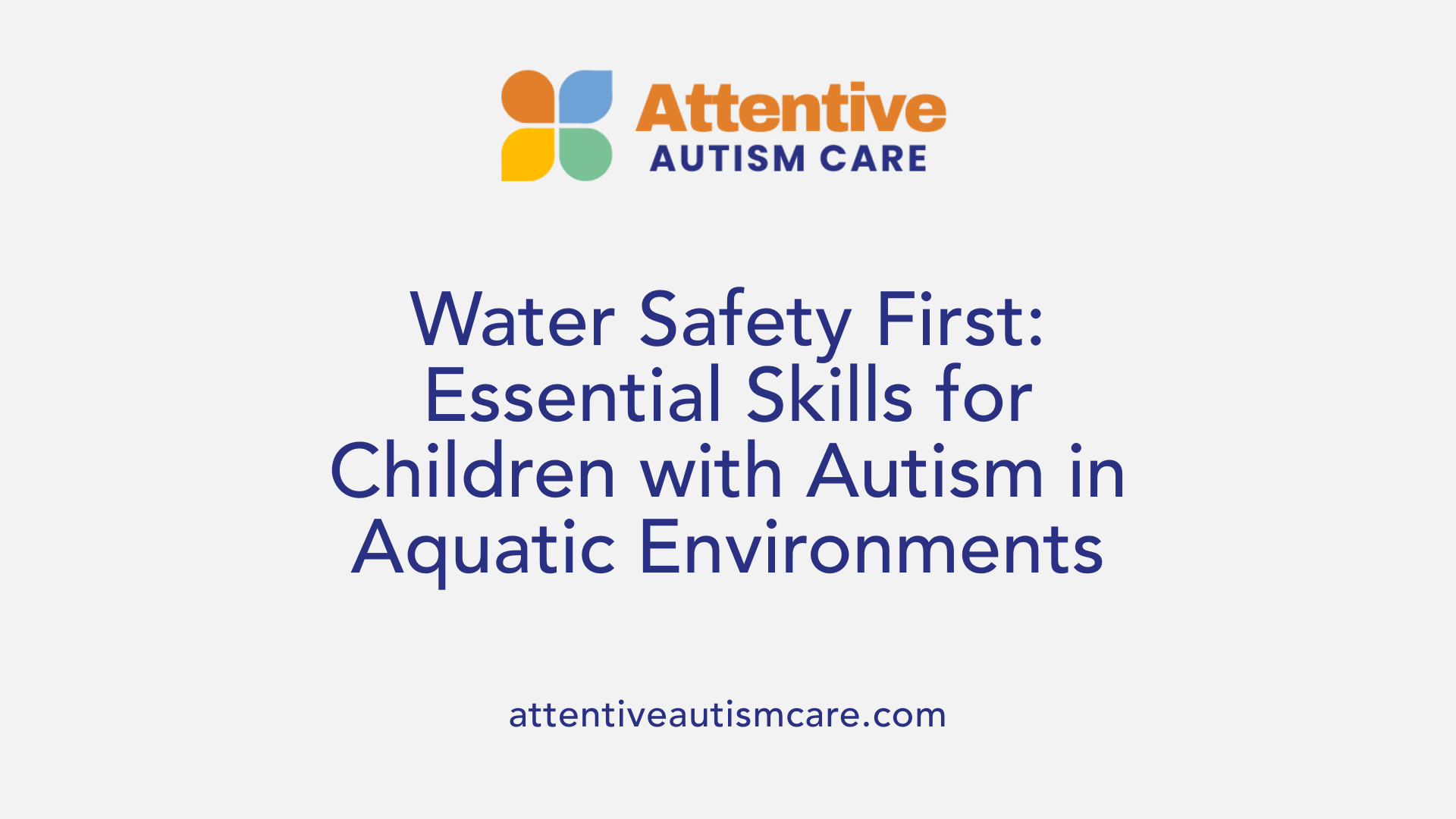
Why Is Teaching Water Safety Crucial for Children with Autism?
Children on the autism spectrum often have a natural attraction to water, finding comfort and enjoyment in aquatic environments. However, this attraction comes with increased risks. Autistic children are significantly more likely to experience drowning compared to their neurotypical peers, highlighting the urgent need for early and thorough water safety education.
How Does Aquatic Therapy Address Water Safety and Behavioral Goals?
Aquatic therapy is uniquely positioned to merge water safety skills with therapeutic objectives. Before diving into behavioral, speech, or occupational therapies, it is essential that children with autism acquire fundamental swimming and water safety abilities. This focus on survival skills ensures a safer environment where therapeutic activities can occur with reduced risk.
Therapists integrate water safety training into aquatic sessions using tailored approaches that accommodate each child's individual needs. By building trust, alleviating fears related to water, and using positive reinforcement like praise and rewards, children not only learn to be safe but also develop confidence and independence.
What Are the Broader Benefits of Combining Water Safety with Aquatic Therapy?
Besides enhancing safety, including water survival skills as part of aquatic therapy promotes physical development such as improved strength, coordination, and motor skills. Additionally, group activities help foster social interaction and communication, further supporting behavioral and emotional growth. By prioritizing water safety alongside therapeutic goals, aquatic therapy offers a comprehensive approach that benefits both the physical and cognitive well-being of children with autism.
Professional Expertise in Aquatic Therapy and Behavioral Interventions
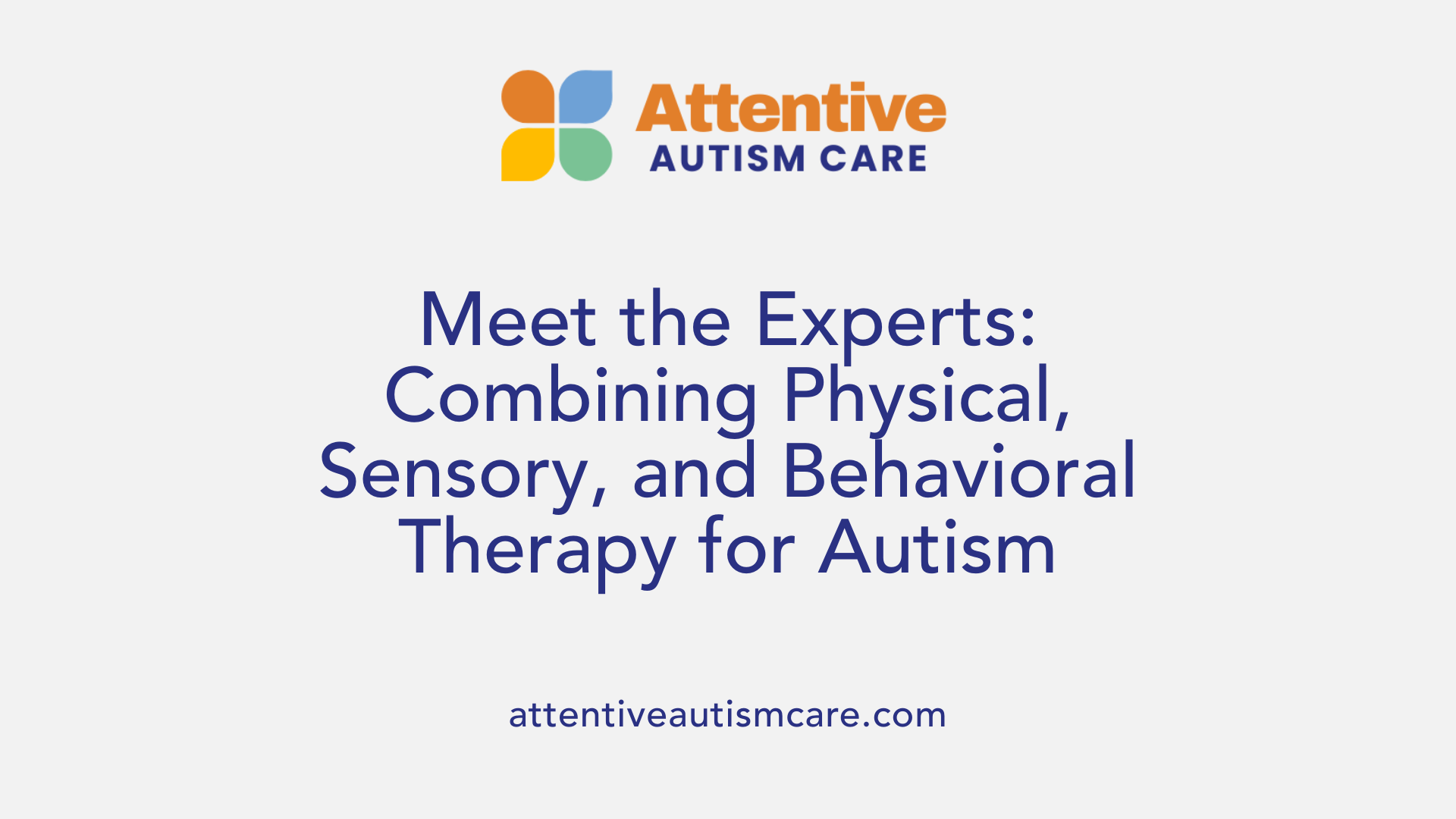
Which professional qualifications are important for specialists providing ABA therapy for autism?
Professionals delivering Applied Behavior Analysis (ABA) therapy for autism generally require a master's degree in applied behavior analysis or a closely related discipline. Certification as a Board Certified Behavior Analyst (BCBA) is crucial, demanding completion of rigorous coursework in behavior analysis, 1,500–2,000 hours of supervised practical experience, and success in the BCBA examination. Along with certification, these specialists must be adept in observation, client assessment, data interpretation, effective communication, and empathetic engagement. Depending on the jurisdiction, licensing or additional state-specific credentials may apply. This combination of education, certification, and experience ensures competence in supporting individuals with autism effectively.
What is the relationship and distinction between ABA specialists and aquatic therapy providers?
ABA specialists focus on behavioral interventions aimed at improving social, communication, and functional skills using evidence-based techniques like positive reinforcement. In contrast, aquatic therapy providers are typically licensed physical therapists, occupational therapists, or certified aquatic therapists trained in water-based interventions harnessing properties like buoyancy and resistance to enhance physical, sensory, and cognitive development. While both disciplines support children with autism, their methodologies differ: ABA emphasizes behavior modification on land, and aquatic therapy employs water’s therapeutic qualities to promote motor skills and emotional regulation. Collaboration between these professionals can create comprehensive, individualized plans addressing both behavioral and physical needs.
How is positive reinforcement used in aquatic therapy?
Positive reinforcement in aquatic therapy involves motivating children with autism through praise, tangible rewards such as toys or water playtime, and encouraging feedback. These reinforcements amplify desired behaviors, promote engagement, and help children persist with challenging tasks like gaining water safety skills, improving coordination, or overcoming fears. Therapists carefully assess each child’s preferences to tailor reinforcement strategies that enhance motivation and foster confidence. By combining aquatic activities that challenge motor and sensory systems with positive reinforcement, therapy sessions become enjoyable, effective, and supportive environments for growth.
Integrating Aquatic Therapy for Holistic Autism Support
Aquatic therapy offers a comprehensive, sensory-rich environment that supports children with autism in multiple developmental areas. By leveraging water's buoyancy, resistance, and calming properties, this therapy enhances motor skills, sensory regulation, social interaction, and emotional well-being. The involvement of qualified professionals ensures individualized, goal-driven interventions that can complement traditional behavioral therapies like ABA. Importantly, teaching water safety within this context addresses critical risks while promoting independence. As research continues to grow, aquatic therapy stands as a promising, holistic approach for improving the lives of children with ASD, encouraging movement, communication, and social engagement in an accessible and enjoyable setting.
References
- The effectiveness of hydrotherapy in the treatment of social ...
- Aquatic Therapy Programming for Individuals with Autism
- Does Your Child Have ASD? Aquatic Therapy Can Help!
- Aquatic Therapy for Autism: Benefits for Children with ASD
- How to Become an Applied Behavior Analyst (ABA) Therapist
- How to Become an ABA Therapist - School of Education
- Applied Behavior Analysis (ABA)
- Applied Behavior Analysis (ABA)








